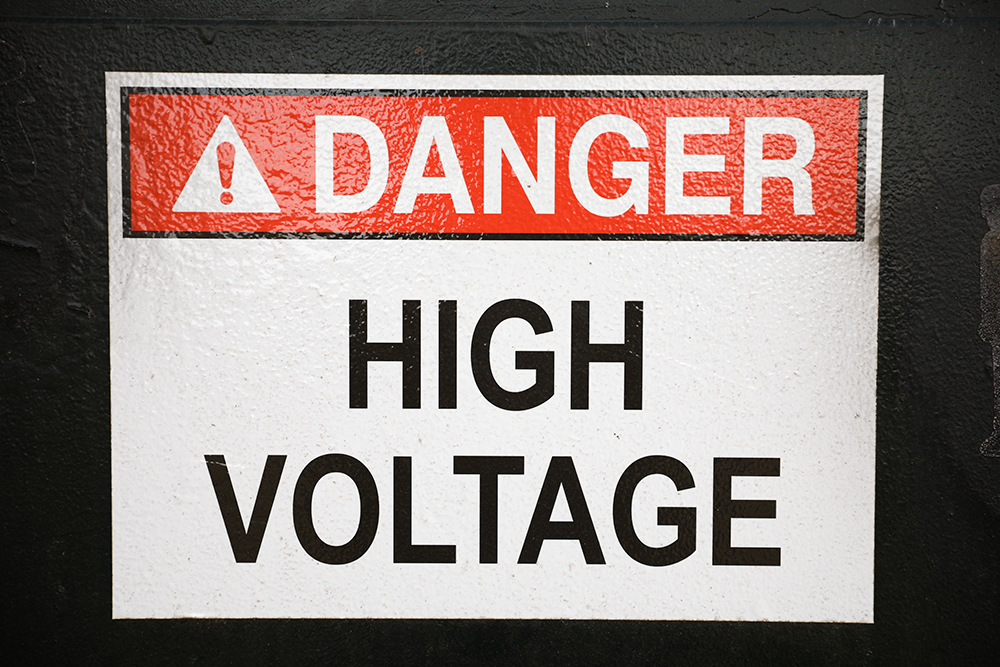Tenant improvement (TI) projects are an essential part of customizing commercial spaces to meet the needs of new occupants. However, electrical mistakes during these projects can lead to costly delays, compliance issues, future maintenance headaches, and unhappy tenants. Understanding and avoiding these common pitfalls ensures a smoother process, better efficiency and long-term reliability.
Failing to Plan for Future Electrical Needs
One of the most common mistakes in tenant improvement projects is designing electrical systems based solely on current needs. Businesses evolve, and failing to account for future expansion, additional equipment or upgraded technology can result in costly retrofits down the line. Consulting with an experienced commercial electrician ensures that your electrical servicing plan accommodates future growth and prevents unexpected power limitations.
Ignoring Local Code and Compliance Requirements

Electrical codes and regulations vary by location and are frequently updated. Overlooking these requirements can result in failed inspections, costly rework and even safety hazards. A qualified electrical contractor with experience in TI projects ensures all installations comply with local and national electrical codes, reducing legal and financial risks.
Underestimating Power and Load Requirements
Many businesses require more power than initially anticipated, particularly in industries with heavy equipment, IT infrastructure or specialized machinery. Incorrect load calculations can lead to overloaded circuits, tripped breakers and even fire hazards. Conducting a thorough power assessment with a professional electrical service provider prevents these issues and ensures sufficient power distribution throughout the space.
Poor Placement of Electrical Outlets and Fixtures
Inadequate or poorly placed electrical outlets can cause inefficiencies and inconvenience for tenants. Workspaces, offices, warehouses, manufacturing shops, retail stores and restaurants require strategically positioned outlets for equipment, lighting and customer needs. Planning outlet placement with the help of a commercial electrician ensures optimal accessibility and functionality, avoiding the need for extension cords or last-minute electrical modifications.
Not Considering Energy Efficiency and Cost Savings
Energy efficiency should be a priority in any tenant improvement project. Failing to incorporate LED lighting, occupancy sensors and energy-efficient electrical systems can result in higher operational costs. Many utility companies offer incentives for installing energy-efficient solutions, making it even more cost-effective. Consulting with an electrical contractor who understands energy-saving technologies helps businesses maximize efficiency and take advantage of available rebates.
Overlooking Proper Emergency and Backup Systems
Reliable emergency lighting, backup power and fire safety systems are critical in commercial buildings. Overlooking these elements can lead to safety code violations and operational risks. Including emergency power solutions, such as backup generators or uninterruptible power supplies (UPS), ensures business continuity in case of outages.
Conclusion
Avoiding electrical mistakes in tenant improvement (TI) projects requires proper planning, compliance knowledge and the expertise of a skilled electrical contractor. By working with a trusted commercial electrician, businesses can ensure a safe, efficient and code-compliant electrical system that meets both current and future needs.
At Professional Electrical Services Inc., we specialize in electrical servicing for commercial tenant improvement projects. Our team helps businesses avoid costly mistakes while ensuring a seamless, energy-efficient electrical installation. Contact us today to discuss your TI project and learn how we can support your electrical needs!

